Propeller Scarring
Seagrass meadows are extremely high quality habitat. They provide food and structure at the base of the food chain, which is then utilized by animals from the microscopic right up to the top line predators such as red drum and spotted seatrout.
Seagrass meadows are relatively fragile habitats, easily and adversely affected by any number of manmade activities, including mechanical disturbances such as propeller scarring. Areas damaged by propeller scarring can take years to recover.
Redfish Bay has some of the highest fishing pressure on the Texas Coast. As more boaters utilize the area, the impact to seagrass beds from propeller scarring has increased. Ultimately this can lead to a decline in the productivity of the seagrass beds and a number of larger organisms, including sport fish, that they support.
Boat responsibly (pole, drift or troll), and avoid areas that are too shallow for your vessel to operate without damaging the seagrass beds. By treating the habitat with care, you help maintain the conditions necessary to support the fisheries resources you come here to enjoy, as well as avoid an unwanted citation. Seagrass meadows in the Redfish Bay State Scientific Area are protected by law from damage by prop scarring.
The following photos were taken of areas within seagrass beds that have received permanent scars from propellers that were too low in the water in these shallow areas.
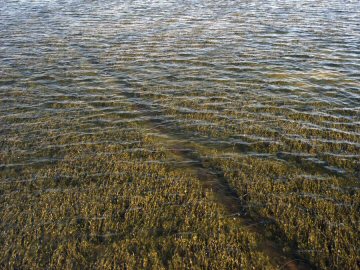
Propeller scars from boats in different movement patterns
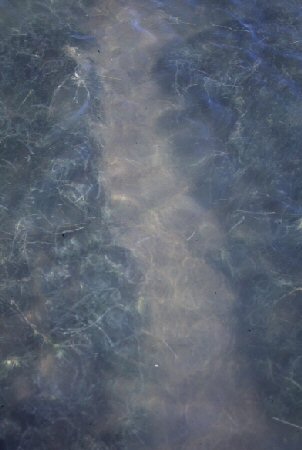
Old propeller scar seen with an aerial view
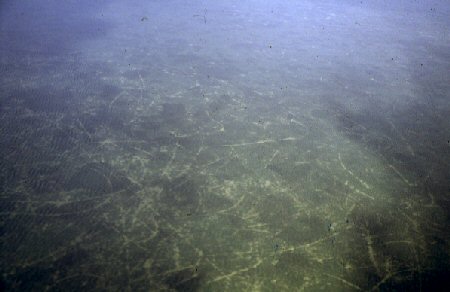
Aerial of seagrass bed that has received many propeller scars
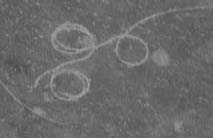
Propeller scars that look like deliberate marking
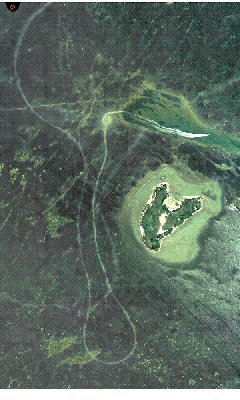
Propeller scars that track a long, lazy boat ride
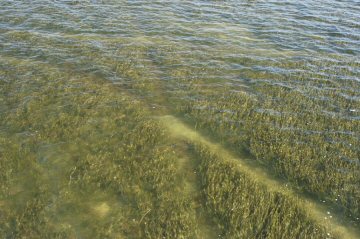
Propeller scars in turtle grass - aerial